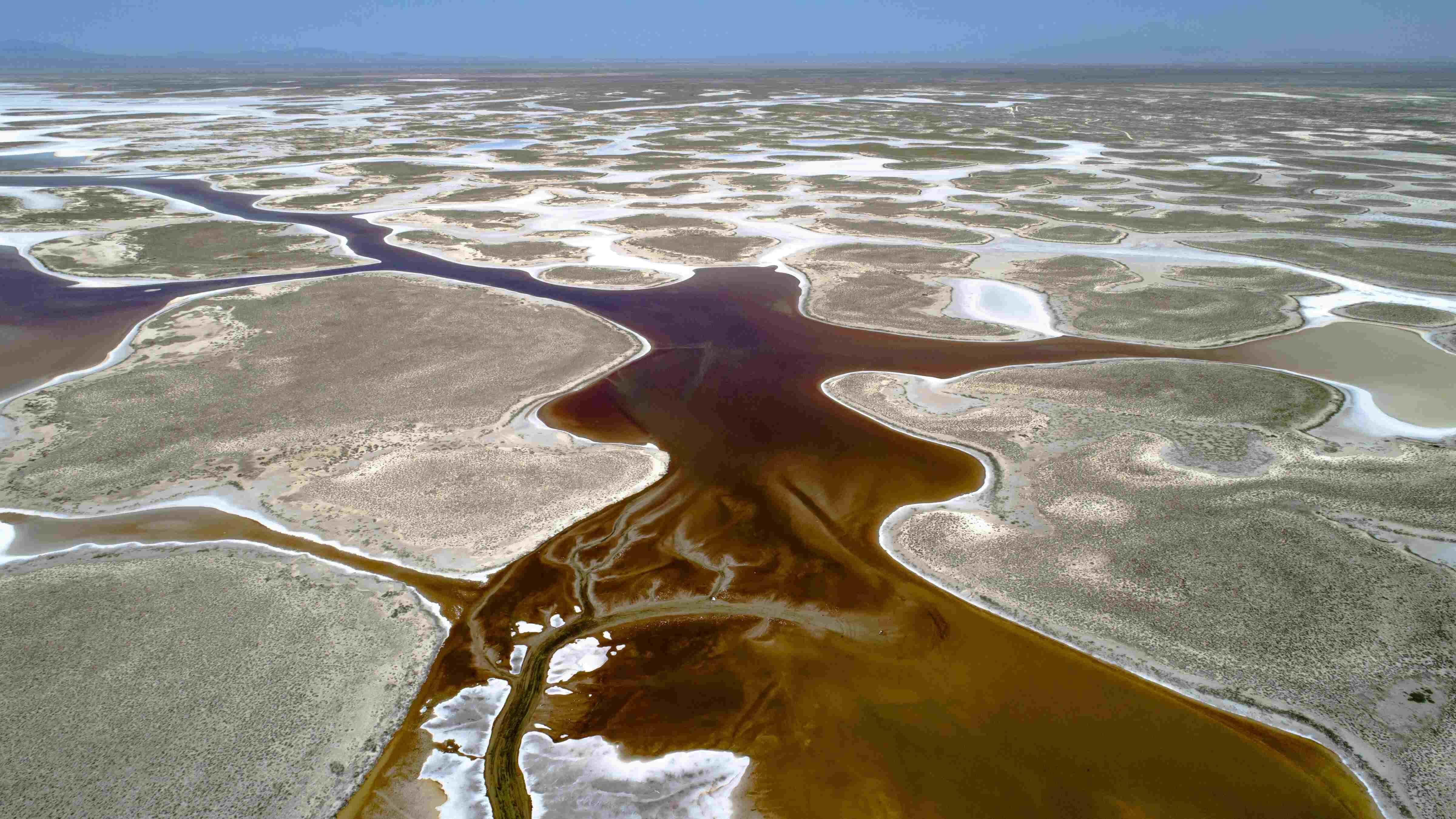
In a groundbreaking initiative, genes extracted from endemic plant species native to Tuz Lake region, which supplies the majority of the country's salt, will be harnessed to combat drought and enhance agricultural sustainability.
This will be accomplished by passing these genes on to plants that can withstand drought, such as wheat, rye, barley, clover and other similar species.
Characterizing these endemic plant species on a genetic and genomic basis is one of the primary objectives within the project's parameters, according to Professor Tuna Uysal, the head of the initiative.
“Naturally, by comparing these genes with the closest relative species, known as glycophytes, which spread in typical barren areas, we hope to transfer these genes in the saline environment to the species that spread in the barren environment,” he explained. “This will help us understand how these genes function on a genome basis and how plants survive in harsh conditions.”
As the earth is set to become increasingly arid and desolate in the future, agricultural sustainability becomes ever more crucial, according to Uysal.
Within this scope, their initiative extends beyond plant species that carry nutrition for human beings, he noted.
“We are dealing with global climate change; rising radiation, rising carbon dioxide and growing day-to-night temperature variations. When it comes to maintaining the appropriate output of edible genetic resources, these pose significant hazards,” he said.
In this regard, their primary objective is to ascertain how the genes of organisms that can endure varying salinity levels carry out this process.
Underlining the early identification of such species, Uysal noted that, in this way, they will be able to find gene resources that can flourish in soils that will eventually become more arid, have higher salt content and have lower nutrient levels in a short amount of time.
According to another researcher, Professor Kuddusi Ertuğrul, Tuz Lake has long been an intriguing destination for the country and the rest of the world due to its biodiversity in this sense.
Currently, Tuz Lake and its environs are home to about 30 plant species that are specifically protected on a global basis; 13 of them are covered by the international conservation convention while five are covered by the European conservation convention, according to Ertuğrul.
“We can categorically describe Tuz Lake as a laboratory. It has an extremely diverse range of animal species in addition to a wealth of vegetation,” he said.
Tuz Lake, located some 150 kilometers from the capital Ankara, spans 1,665 square kilometers and is one of the largest hyper-saline lakes in the world. The lake was accepted into the UNESCO tentative list in 2013.